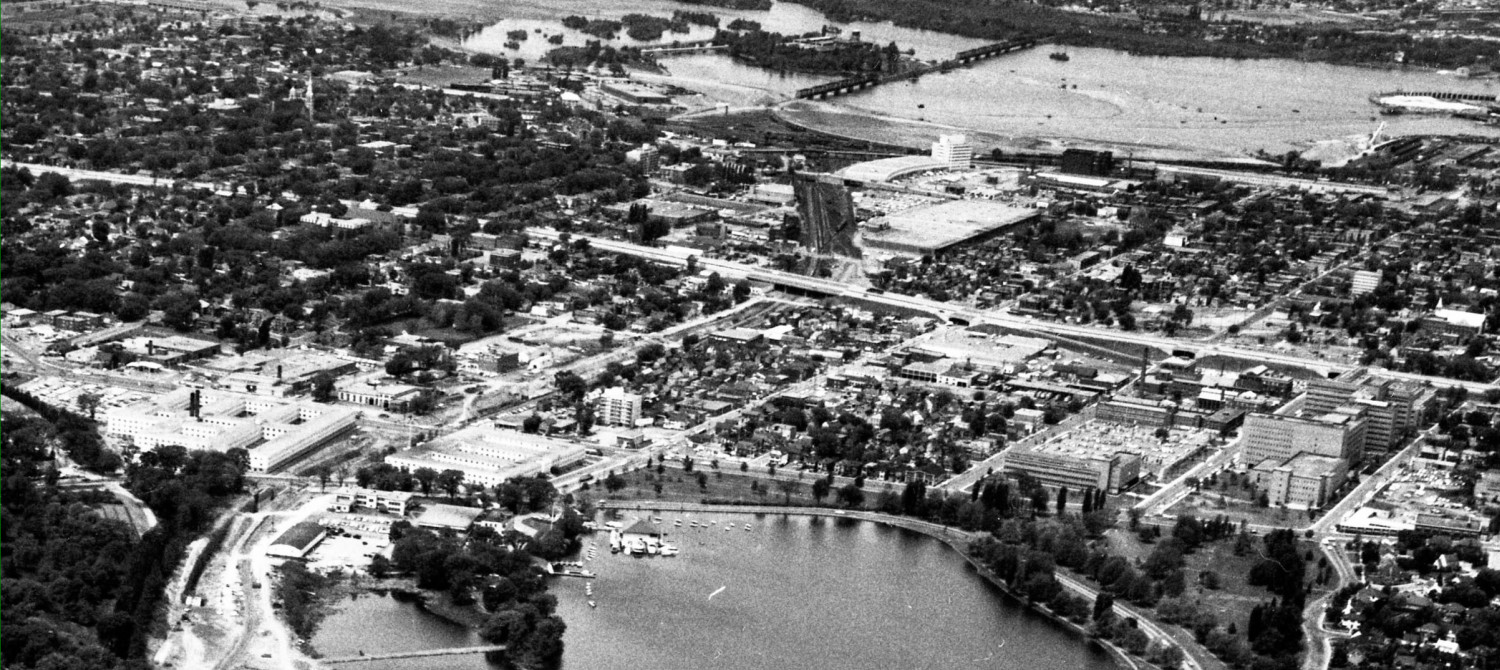Safer Roads Ottawa has used city collision data and Bikemaps.org collision and near miss reports for a multi-year period to identify the bike incident hotspots.
At first, I was surprised how many of them are clustered along Somerset Street. Recall that Somerset was once touted as a “safer” route for what eventually became the Laurier Bike Lanes. But on second thought, it makes some sense that the busier and popular routes are where there may be more incidents of friction if one thinks in terms of # of cars x # of bikes = potential friction.
And I suspect that urban residential areas probably generate more cycle trips than suburban and exurban areas, simply because more destinations are within the easy 5 to 8 km radius.
So both Somerset (without much cycling infrastructure) and Laurier (with separated cycle lanes) dominate the list.
So the hotspot locations are …
A. Somerset St at Preston
B. Somerset St between Upper Lorne and Arthur
C. Somerset St between Bay and Kent
D. Laurier between Kent and Lyon
E. Laurier between Metcalfe and O’Connor
F. Laurier between Elgin and Metcalfe
G. King Edward Ave at Murray
H. Gladstone and Preston
I. Bank between Fourth and Clarey
J. Riverside Dr at Bank St
If you squint at the drawing, the causes of the hotspot are identified. Sites A, B, C, E, F, H, I, J are all conflicts with motor vehicles. These are the most alarming as they have potentially fatal consequences.
D is conflict with pedestrians; G is wrong-way cyclists.
For readers familiar with any of these hotspots, the root causes of the problem are often quite obvious. Often it is road design that is biased towards one mode that transfers all the risk of conflict to the pedestrian or cyclist. As a society, we are still comfortable with that risk transfer. As the slogan of Safer Roads Ottawa says … towards zero. But not too fast.
Other sites have physical geography and human nature in conflict. Cyclists coming down Gladstone hill towards Preston pick up speed, then pass cars on their right, “sneaking up” on motorists during the red light or even passing cars on the right on the green. At the time of incident, the cyclist may be legally at fault (there certainly isn’t a 1 metre separation of bike/car, and passing a queue on the right is common but not legal). The intersection was designed without consideration of human nature. On the occasions I operate a motor vehicle, I glue my car to the right curb when approaching the Somerset or Gladstone/Preston intersections to block cyclists passing on the right, which does evoke gasps of horror when I tell my cycling advocacy comrades of this. I call it defensive driving. I haven’t yet run over a cyclist … but I do live with a cyclist who was near-fatally doored. Better blocked-and-pissed than squished.
Similarly, the city’s policy of mid-block bus stops frustrates transit users / pedestrians who overwhelm under-provided sidewalks and inadequate crosswalks. But the cost of a fix isn’t one we are yet willing to pay, as it would inconvenience motorists.
Item G, cyclists going the wrong way, on the King Edward Freeway, may not be so much the fault of cyclists as the outrageously dumb catering to a too-high-speed road with inadequate safe crossings. Twice last month I was pedestrianizing down around King Edward and the whole environment was so offensively depressing and dirty that I ended up jittery from the stress.
In every case, a pattern of dangerous behaviour is a bright signal that something is wrong, and something could be done to fix it. Identifying problems is always the first step.



